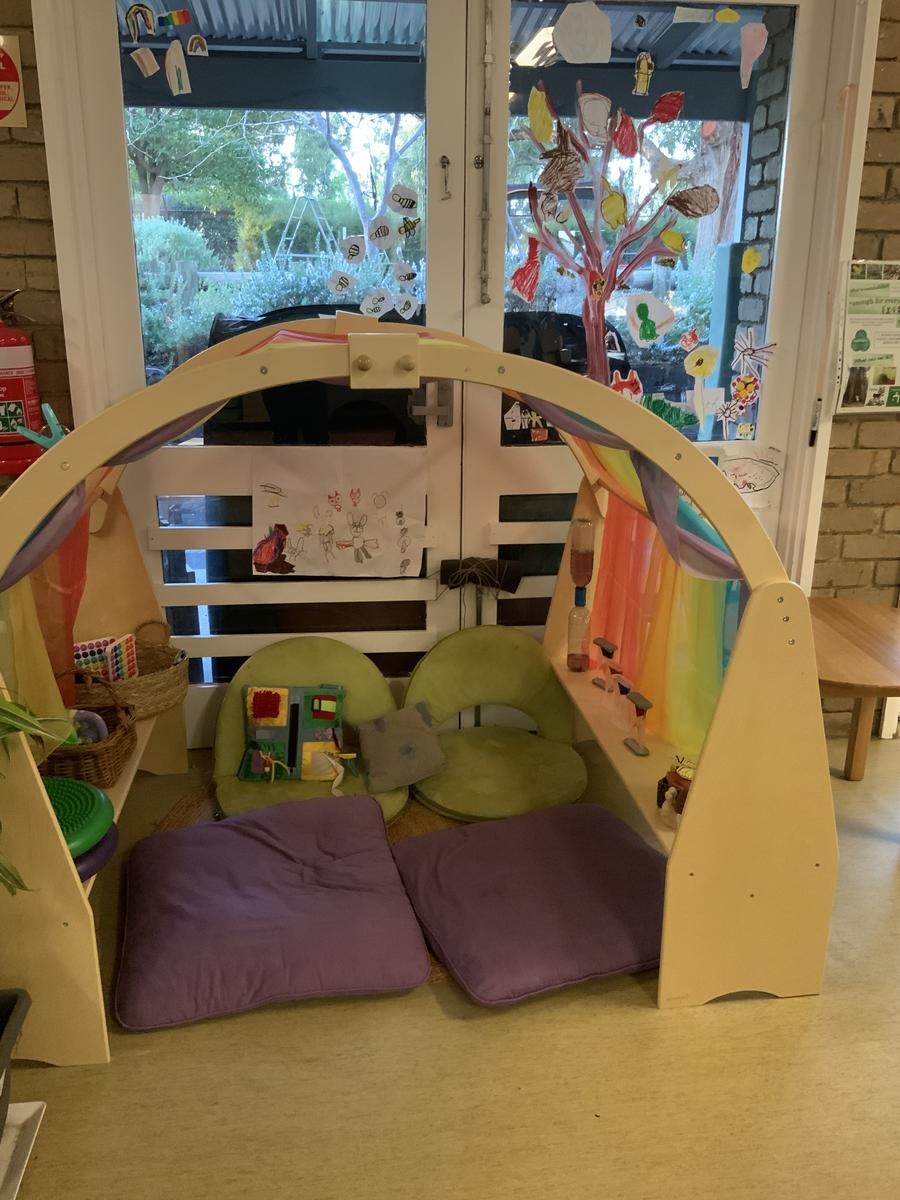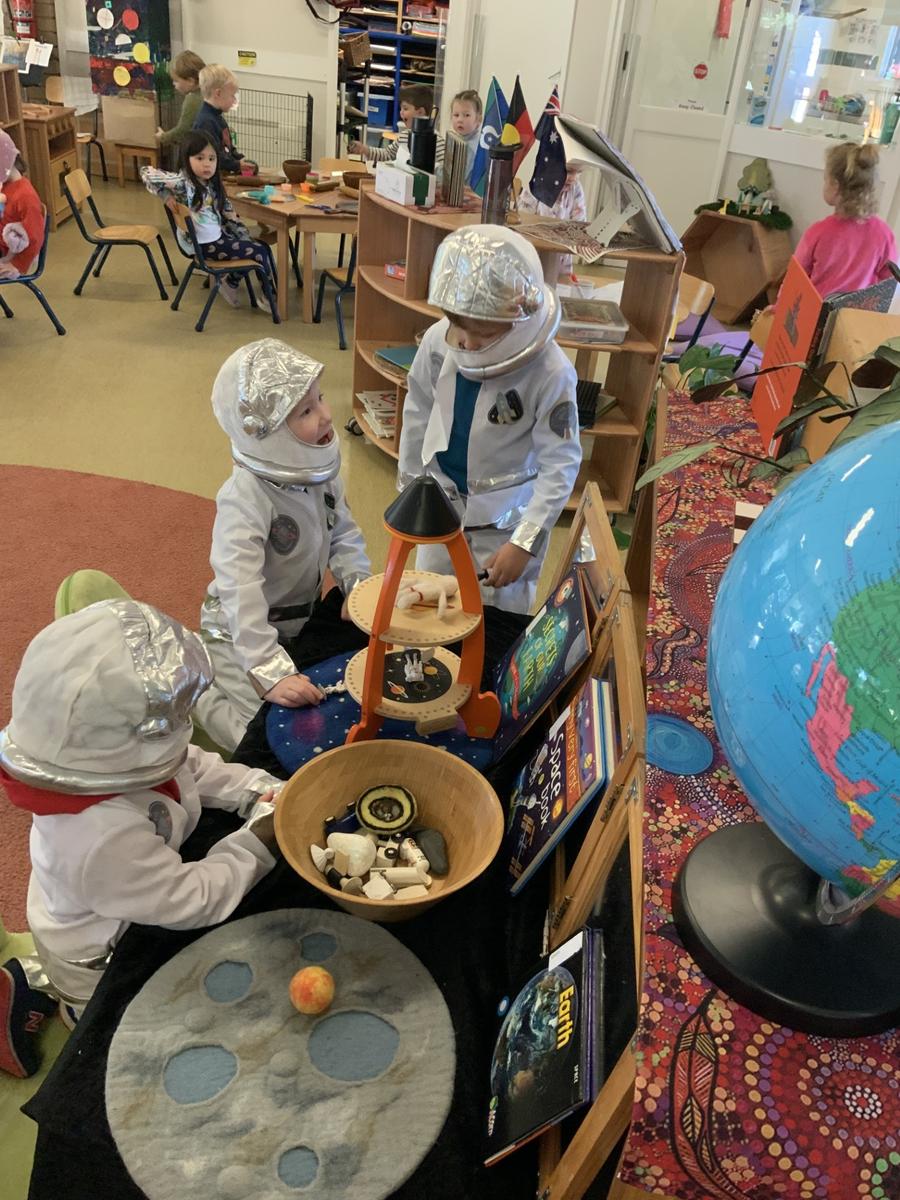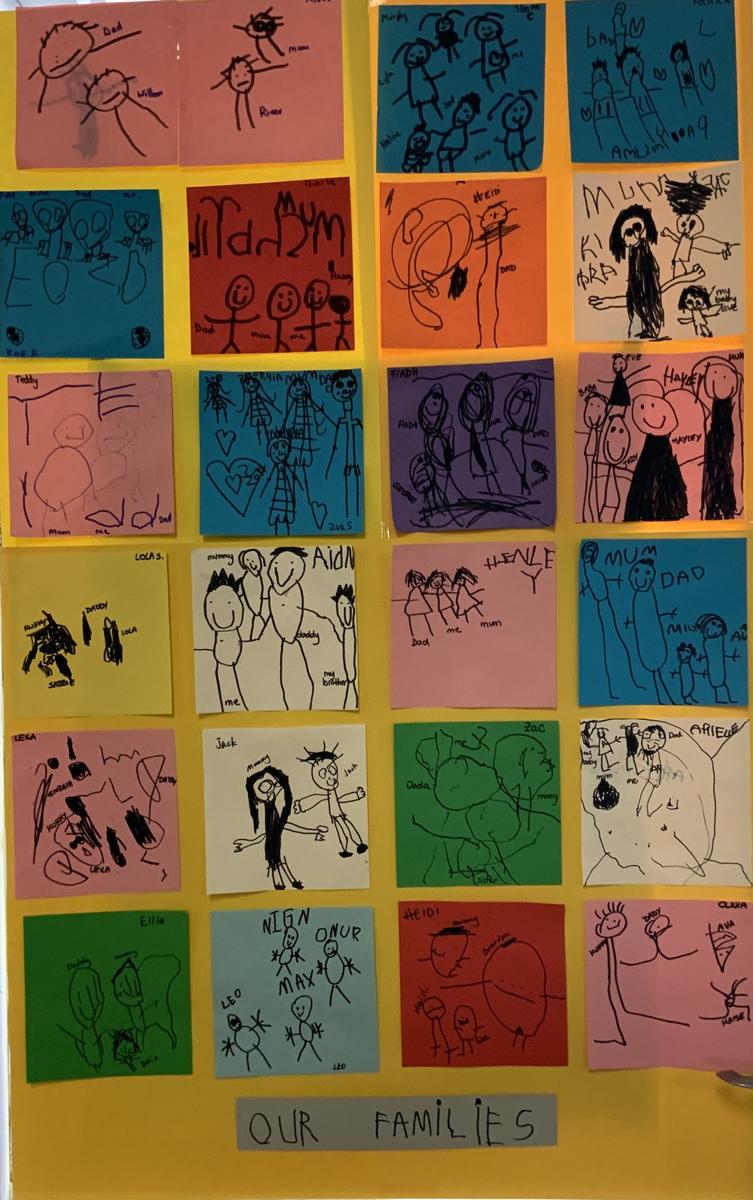Glen Education Bentleigh

Learning Environments that Evolve
By Maria-Paula Acevedo-Gonzalez,
Glen Bentleigh Teacher
At Glen Bentleigh Kindergarten, we believe that the learning environment (whether indoor or outdoor), sets the scene for the act of learning to take place. From the get-go, we knew that we wanted to create a learning space that is warm, nurturing and inviting, providing children with a sense of safety and comfort, and with multiple possibilities for learning to unravel. Catering to their individual and group needs, we created a learning environment that is fluid and intentionally crafted by carefully weaving and intersecting key elements of our teaching practice:
Values and beliefs: how do we see families and children in the learning process?
We see children as active participants who need opportunity to exercise their agency; and we see families as their first teachers. Thus, our learning environment reflects the goals we have set for the children, while considering their individual family goals, it is a set of provocations for the children to immerse in a multi-modal play-based scenario that, tapping on their curiosity and sense of wonder, invites them to unpack their own learning.
For example, we have a variety of open-ended learning spaces and resources provided for children to choose and engage in their chosen area; whether it is sensory, imaginative play, creative thinking, risk taking and/or problem solving, they could enjoy and benefit from all these experiences indoors or while in touch with nature. Additionally, they have opportunities to enjoy moments of solitude or social play and they are encouraged to voice their ideas; our role: being active listeners and work with the learning environment to ensure it facilitates learning.
Responsiveness
To support the children’s interests, extend and/or celebrate their learning, our learning environment has been characterized by being responsive, evolving with intention as extensions and modifications to learning spaces are executed based on identified children’s skills, challenges and/or their emerging interests, while considering how every child has a unique learning style and way of making meaning.
For example, children’s interest in Space began with children noticed the careful placement of world globe alongside books in the library area. As their interest evolved, we created opportunities for the children to explore via small word imaginative provocation. The children used their imagination and showcased their knowledge; at this time, we also complemented the learning with a large puzzle that children enjoyed putting together. However, their learning journey was not limited to this learning space, and the children were also invited to engage with the visual arts and through a guided box construction experience, they made a space rocket, which was then surrounded by their drawings of space elements, including planets, stars and aliens. In addition, the exploration of this interest transitioned outdoors where an imaginative play scenario was set, and children continued to enjoy being astronauts exploring space.
Children’s sense of belonging
Our family tree was the first link with home and children have been very keen to see their families on display. This supported them in developing a sense of belonging and, as this was established, their sense of belonging began to be translated into a sense of ownership, with them now being excited to leave their mark and make the space their own. For example, we have seen children proudly creating signs and posters for their learning spaces, while showcasing their literacy skills; these are in addition to having their artwork/creations on display after being respectfully consulted, letting them decide if they wish, or not, to display them.
We are proud to say that there is intentionality in every space, with resources and visual aids chosen for the children to explore at their own pace and with ample opportunities to revisit, extend and scaffold their learning.



